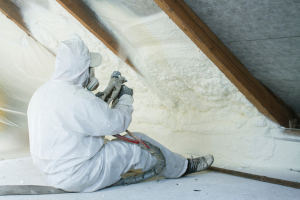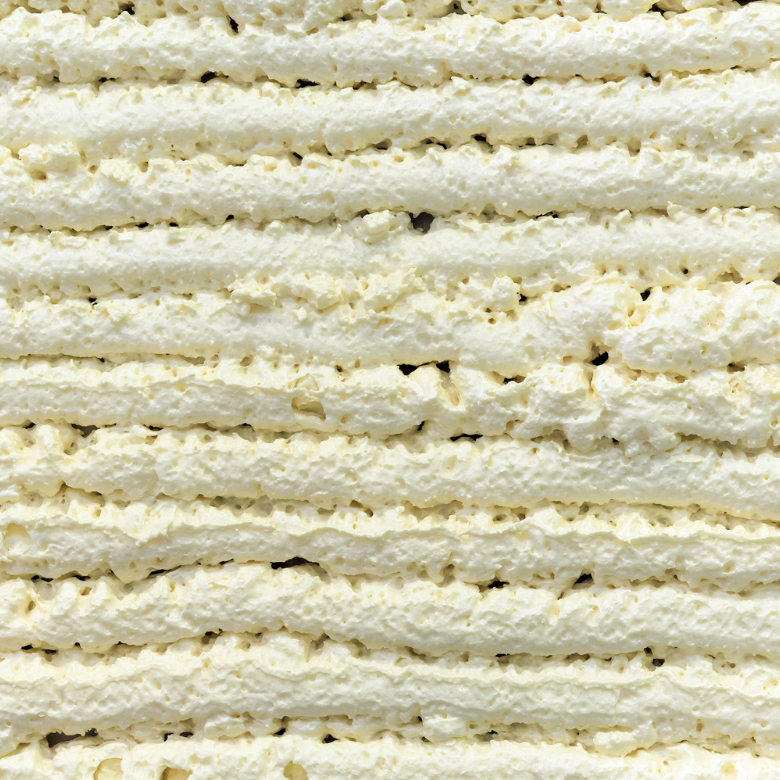Insulating a house is one of the key investments affecting living comfort and heating bills. One of the most effective and increasingly popular solutions is the use of polyurethane (PUR) foam , which provides excellent insulation performance. PUR foam comes in two variants: open-cell and closed-cell, and its application, PUR foam spraying, is a fast, effective and durable method. Before making a decision, however, it is worth knowing the cost of polyurethane foam insulation, its advantages and the factors affecting the final price of this investment.

Polyurethane foam– types and uses
Polyurethane foam is an insulation material that is gaining in popularity due to its versatility and high efficiency. Depending on the needs and specifics of the building, we can choose between two types of foam:
- Open-cell foam – is characterised by greater air permeability, meaning that it allows the building to ‘breathe’. It is an excellent solution for insulating attics, partition walls and spaces between rafters. The thickness of the open-cell PUR foam can be greater than that of the closed-cell, which affects its thermal insulating capacity. This is also a cheaper option, although less effective in terms of damp proofing.
- Closed-cell foam – denser and stiffer, making it not only an excellent thermal insulator but also a barrier against moisture. The applications for this foam are wide ranging: from insulating foundations, to external walls, to flat roofs. Due to its structure and greater efficiency, the cost of insulating with closed-cell polyurethane foam is higher than with open-cell foam.
Read: open-cell vs closed-cell foam
Cost of polyurethane foam insulation – what does it depend on?
The price of PUR foam insulation varies depending on several factors. It is useful to know what elements affect the final cost of insulating a building:
- Type of foam – as already mentioned, closed-cell foam is more expensive than open-cell, but offers better insulation and moisture properties.
- Area of the building to be insulated – the larger the area, the higher the cost of materials and labour. For larger investments, however, companies offering the service may offer discounts on the polyurethane foam insulation price list.
- PUR foam thickness – the thickness of the foam layer has a direct impact on its insulating effectiveness. Typically, a layer of 10-15 cm is sufficient for attic insulation, but a thicker layer may be required for foundation or external wall insulation.
- Cost of insulation – the price of professional services varies depending on the region, the size of the company and the level of sophistication of the work. Professional spray insulation companies often quote spray PUR foam price per square metre, making it easy to calculate costs.
- Condition of the building – if the building requires additional preparatory work, such as removing old insulation or levelling surfaces, costs may increase. It is also worth checking the roof or walls for damage that may affect the effectiveness of the insulation.
Polyurethane foam insulation price – estimates
The cost of polyurethane foam insulation depends on many factors, but an estimate can be made:
- The price of open-cell foam attic insulation ranges from 40 to 60 zł per m² with a layer thickness of 10 cm.
- The price of insulating a building with closed-cell foam is between 80 and 120 zł per m² for a layer 5-8 cm thick.
- In the case of foundation insulation, where the foam layer needs to be thicker, the cost can be as much as 150 zł per m².
The final price also depends on the price list of the company concerned. It is worth paying attention to the price list for polyurethane foam insulation, which can vary between companies offering such services, so it is worth getting several quotes before making a decision.

PUR foam spray insulation – why invest?
Spray insulation using PUR foam is a method that is gaining in popularity, mainly due to its quick installation and high efficiency. The PCC Group offers a wide range of PUR foams to suit different needs and building specifics. A detailed range and product information can be found at https://www.products.pcc.eu/en/spray-insulation/, where different types of foam are presented, including closed-cell and open-cell foams, suitable for both attic and foundation or external wall insulation.
The advantages of PUR foam spray insulation are primarily:
- Insulation efficiency – the foam fills all gaps and nooks perfectly, eliminating thermal bridges, resulting in lower heating bills.
- Durability – PUR foam retains its properties for many years, which means it is a long-term investment.
- Speed of installation – spray foam application is much faster than traditional insulation methods, reducing the time it takes to complete the work.
With these features, PUR foam spray insulation is becoming one of the most effective ways to improve the energy efficiency of buildings.
PUR foam insulation – savings on heating
Investing in PUR foam insulation for your home brings tangible benefits in the form of heating savings. Thermomodernisation of buildings using PUR foam reduces heat loss by up to 70 per cent, which means significantly less energy consumption. As a result, homes that have been insulated with foam can expect significantly lower heating bills, especially during the winter season.
An additional advantage is that the PUR foam thermal insulation allows the temperature inside the building to be stabilised even during the summer season, so that the rooms do not heat up excessively and air conditioning costs are lower.
Polyurethane foam insulation price list – comparison with other materials
Although the cost of polyurethane foam insulation may seem higher than traditional insulation methods such as polystyrene or mineral wool, its long-term benefits are worth considering. PUR foam is much more efficient, meaning that smaller material thicknesses can provide better insulation. In addition to this, the foam is more resistant to moisture and has a longer lifespan, making the investment more worthwhile over the years.
When comparing costs, it is worth noting that:
- Styrofoam costs between 30 and 50 zł per m², but requires thicker layers for similar insulation performance to PUR foam.
- Mineral wool costs between 40 and 60 zł per m², but is less resistant to moisture and requires careful installation to avoid thermal bridges.
Read also about PIR thermal insulation panels.
Cost of insulation – how do you find a good deal?
When choosing a contractor, it is worth paying attention not only to the polyurethane foam insulation price list, but also to experience and customer reviews. Professional companies offer not only high-quality materials, but also a guarantee on the work carried out, which is crucial for the longevity of the insulation.
The cost of polyurethane foam insulation depends on many factors, such as the type of foam, the thickness of the layer and the surface area of the building. Although the price of such an investment may be higher than traditional insulation methods, its efficiency and durability make it a cost-effective choice in the long term. PUR foam spray insulation is an investment that will bring savings on heating for many years, while additionally increasing the value of the property and improving the comfort of the occupants.